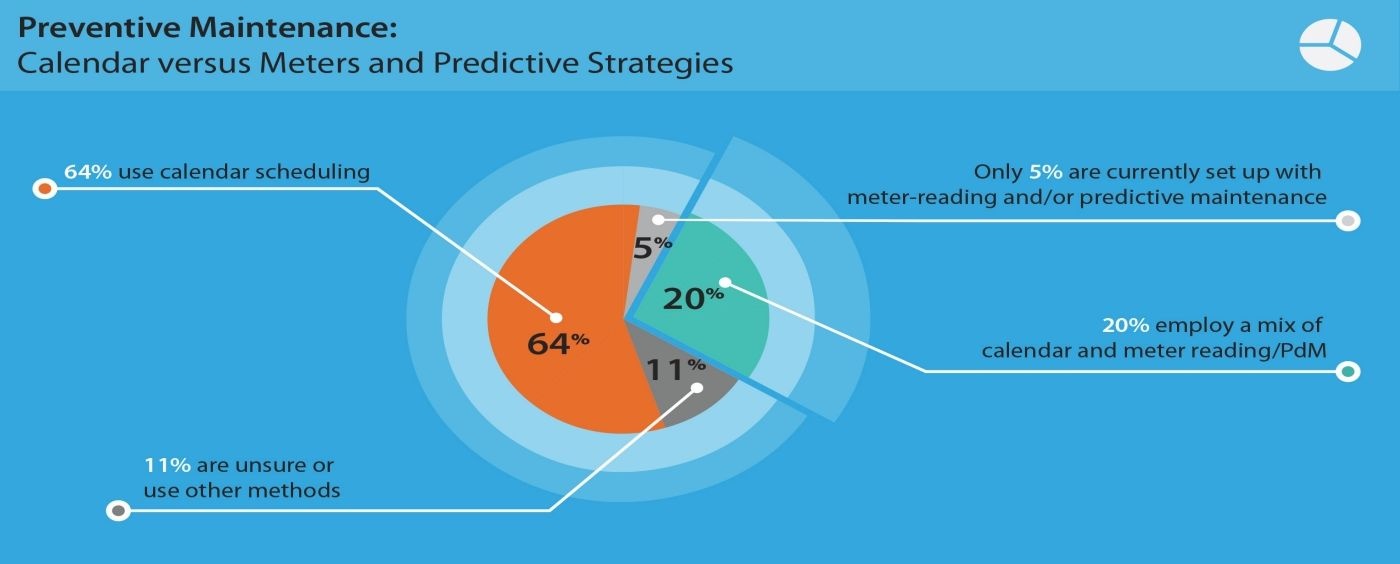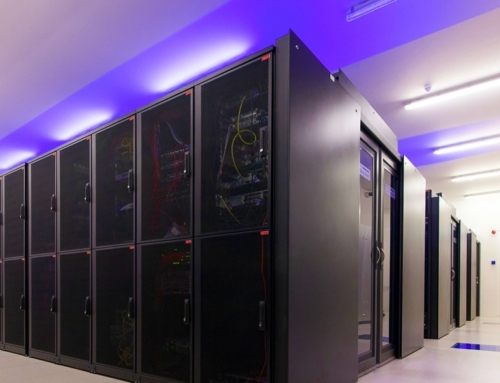As the world becomes increasingly dependent on the Internet, data centres have come to power our everyday lives. In fact, the average consumer spends roughly six hours a day online. When a data centre goes down, it can negatively impact everything from professional and personal communications to finances and travel.
The financial implications of data centre downtime are outrageous. Organizations lose an average of $138,000 for one hour of downtime. To put this in perspective, Amazon stands to lose $1,104 for every second Amazon.com is down. What’s more, 59 percent of Fortune 500 companies experience a minimum of 1.6 hours of downtime per week, which could lead to a loss of $46 million in labor costs annually.
According to the Uptime Institute, human error causes almost three-fourths of all data centre outages. However, many other factors like cybercrime, natural disasters or flaws within the data centres themselves can also cause downtime. Even something as seemingly innocuous as a squirrel chewing through a cable can cause major damage to a data centre.
Given the costs of downtime, data centres need to implement a more modern maintenance strategy. However, many of these centres still rely on spreadsheets or even pen and paper to track each piece of equipment, essentially adopting a reactive approach to upkeep. As a result, occasional downtime is expected and all too common. However, many of these outages can be prevented or minimized with the right maintenance approaches and technology.
Preventive and Predictive Maintenance
An ounce of prevention is worth a pound of cure—or in this case, millions of dollars. And with the prevalence of data-driven maintenance software, data centres can better equip themselves to identify and avert potential failure points, saving both themselves and their customers time and money.
One of the most basic approaches to avoiding downtime is through calendar-based maintenance. This means that maintenance teams schedule upgrades, monitoring upkeep on a weekly, monthly or annual basis depending on the machine. This approach prevents downtime and ultimately cuts costs by using the typical lifespan of each piece of machinery to anticipate usual wear and tear and fix any issues before significant problems arise.
The more advanced, data-driven approach to data centre maintenance is predictive. This strategy relies on a computerized maintenance management system (CMMS) to monitor machine components before they break down and generates work orders to address issues that arise outside of regular calendar-based maintenance. In data centres, where uninterrupted service is critical, a CMMS offers a clear benefit by showing the actual condition of each machine rather than an assumption based on a schedule or historical data.
While a predictive approach may be a better fit for data centres, the key for all data facilities is to avoid reactive maintenance. Fixing issues once they’ve already occurred is exponentially more costly.
Data Centres Are a Perfect Fit for CMMS
It wasn’t until the last 10 years that we started to see CMMS as mission critical to data centres, which is interesting given the fact that no one pays a bigger price for downtime than data centres.
The good news is that unlike other industries or large facilities, data centres are generally more technologically inclined. This industry is far more likely to have a maintenance team embrace an advanced solution that would help prevent major outages, while a legacy manufacturing company with a less technologically-adept maintenance team may be more prone to resistance.
What’s more, modern CMMS vendors with cloud-based applications are run on data centres themselves, which means that they truly understand the nuances of the industry. These vendors complete regular audits and necessary certifications to ensure that all data stored is safe and secure as cyber security continues to cause issues within the industry. These CMMS vendors should also be well-versed in maintenance safety and offer regular notifications for technicians to refresh skills or complete professional certifications.
Avoiding data centre downtime will only become more critical as our reliance on the internet continues to increase. Given the massive amount of machinery and intricacies involved in data centres, it only makes sense for a data-driven system to manage the maintenance of these facilities. For data centres, investing in CMMS technology now can prevent a significant loss of money down the road.
- Article Source: DataCenterKnowledge.com





